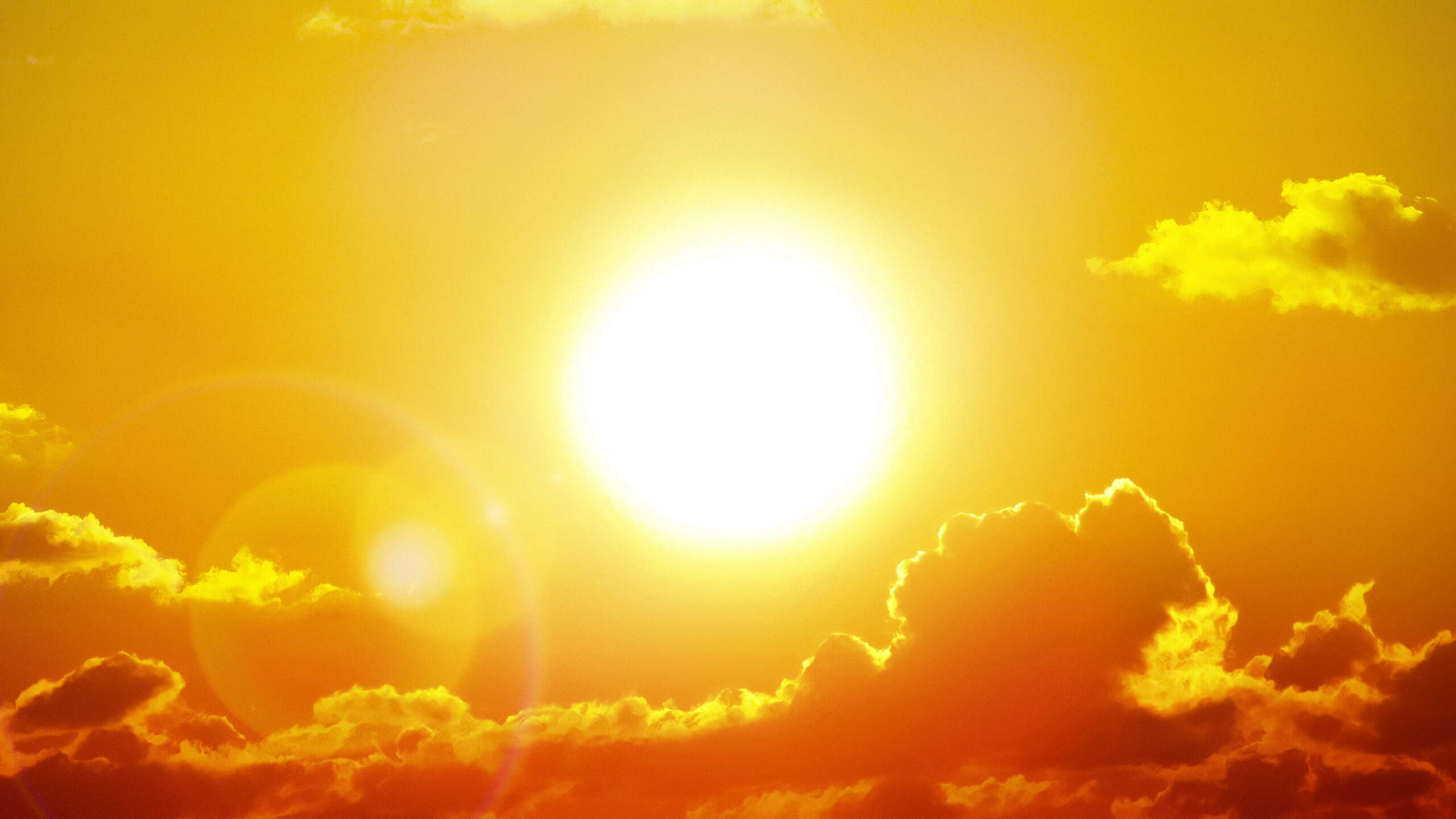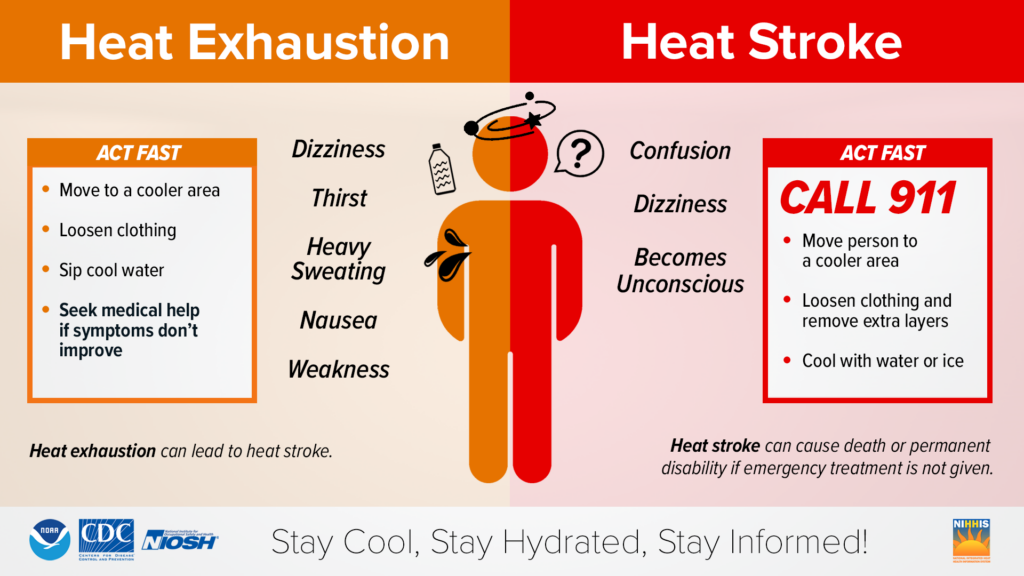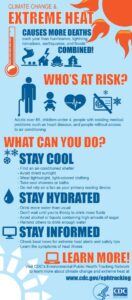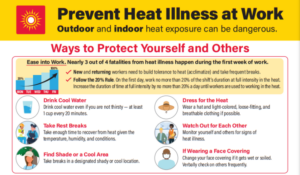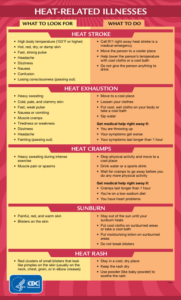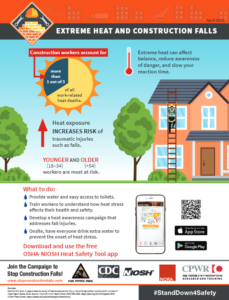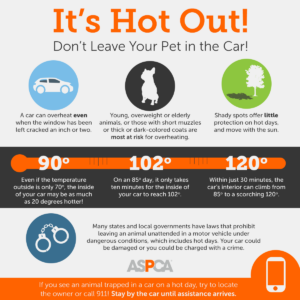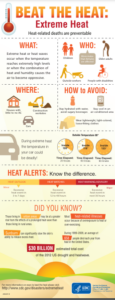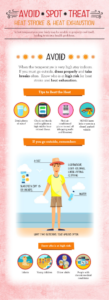Nevada and Heat-Related Illness
In 2023, heat was the leading cause of weather-related deaths in the United States, killing more people than tornadoes, floods, and hurricanes.1 In Nevada, the impact of climate change has led to more frequent, more severe, and longer episodes of extreme heat. Between 1970-2022, the cities of Reno and Las Vegas were warming up faster than any other cities in the country.2 Nevada’s warming climate increases the risk for heat-related illnesses, some of which can be serious and even deadly. However, heat-related illnesses are preventable.
1 National Weather Service
2Earth Day: Warming & Solutions (Climate Central)

HRI in Nevada
Heat-Related Illness
What is heat-related illness?
Heat-related illness occurs from exposure to extreme heat, preventing the body from cooling down properly. Extreme heat is when temperatures are much hotter than normal. Humidity can also influence periods of extreme heat since humid conditions can make it feel much hotter than it really is.
What are types of heat-related illness?
Heat-related illnesses vary from minor issues, such as sunburn, heat rash, and heat cramps, to more severe and potentially life-threatening conditions like heat stroke.
Heat Stroke
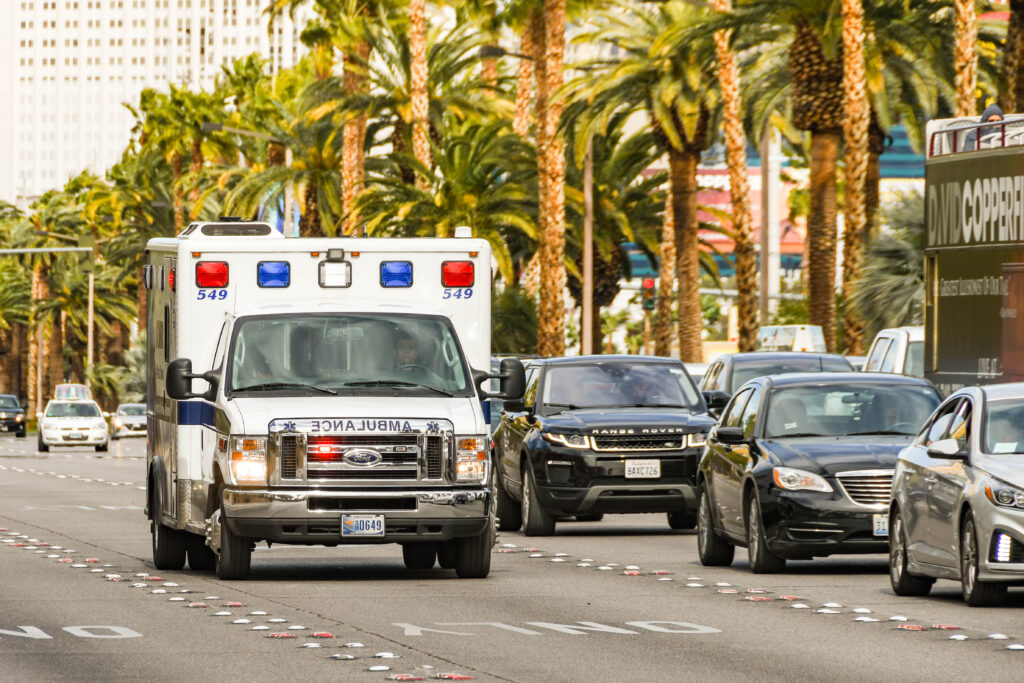
Heat stroke is a serious and life-threatening condition caused by overheating. This happens when the body loses its ability to regulate temperature, causing a fast rise in body temperature. With heat stroke, the body’s ability to sweat stops, preventing the body from cooling down. Heat stroke is the most serious heat-related illness, and it can cause death or permanent disability—seek immediate medical help.
Signs and Symptoms
- A body temperature greater than 103°F (39.4°C)
- Hot, red, or dry skin
- Rapid, strong pulse
- Throbbing headache
- Dizziness
- Vomiting
- Confusion, altered mental status, slurred speech
- Unconsciousness
- Seizures
Treatment
- Call 911 immediately! Heat stroke is a medical emergency (visit the American Heart Association’s CPR webpage for more information about responding to medical emergencies)
- Stay with the person until emergency medical services arrive
- Move the person to a cooler or shaded environment
- Give the person a cool bath if possible
- Place cool, damp cloths or ice packs on the head, neck, armpits, and groin area or soak the clothing with cool water
Heat Exhaustion
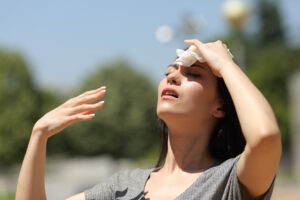
Heat exhaustion is less severe than heat stroke, but if untreated, it may progress to heat stroke. Heat exhaustion happens when the body experiences significant loss of water and salt, typically due to excessive sweating.
Signs and Symptoms
- Muscle cramping
- Tiredness
- Headache
- Vomiting
- Dizziness
- Heavy sweating
- Cold, pale, and clammy skin
- Rapid, weak pulse
- Fainting
Treatment
- Move the person to a cooler or shaded environment
- Have the person rest, lying down on their back
- Immerse the person in cool water or cool shower
- Place cool, damp cloths or ice packs on the head, neck, armpits, and groin area or soak the clothing with cool water
- Wear lightweight clothing
- Have the person frequently sip cool nonalcoholic beverages, prioritizing water or electrolytes drinks
- Seek immediate medical help if the symptoms worsen or last longer than one hour
Heat Cramps
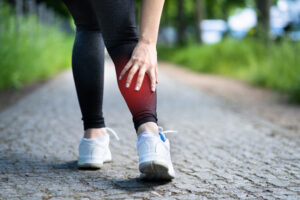
Heat cramps are painful muscle spasms in the abdomen, arms, or legs, often occurring during or after physical activity in hot conditions. Individuals who sweat a lot during intense physical activity are more likely to experience heat cramps. Low salt levels in muscles due to sweating can potentially be the cause of painful cramps.
Signs and Symptoms
- Heavy sweating during physical activity
- Muscle pains or spasms
Treatment
- Stop all activities and move the person to a cooler or shaded environment
- Have the person drink water or an electrolyte beverage
- Have the person rest and wait until cramps go away before beginning more physical activity
- Apply firm pressure to cramped muscles or gently massage them to relieve spasm
- Seek immediate medical help if cramps last longer than one hour, or the person is on a low-sodium diet or has heart problems
Sunburn
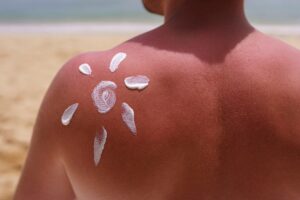
Sunburn results from overexposure to ultraviolet (UV) rays from the sun, leading to skin damage. Beyond the immediate discomfort, sunburn accelerates skin aging and significantly increases the long-term risk of skin cancers, including basal cell carcinoma, squamous cell carcinoma, and melanoma, the deadliest form. While getting sunburned once doesn’t mean a person will definitely get skin cancer, the more often a person gets sunburned, the higher their risk of developing it.
Signs and Symptoms
- Painful, red, and warm skin
- Blisters on the skin
- Swollen Skin
- Headache
- Fever
- Vomiting
- Fatigue
Treatment
- Avoid sunlight until sunburn heals
- Wear cool clothes on sunburned areas
- Apply sunscreen and cover sunburned areas with sun protective clothing if going outside
- Take baths with cool water
- Apply moisturizing lotion to sunburned areas
- Avoid breaking blisters
- Seek medical help if sunburn affects infants younger than one year old or if the person is experiencing fever, blisters, or severe pain
Heat Rash
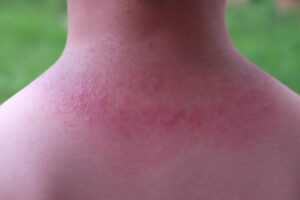
Heat rash is a skin irritation from excessive sweating in hot weather, resulting in itchy, red bumps or blisters.
Signs and Symptoms
- Red clusters of small blisters or bumps on the skin, typically found on the neck, upper chest, groin, under breasts, or in elbow creases
Treatment
- Stay in a cool, less humid environment
- Keep the rash dry
- Avoid moisturizers
- Avoid hot environments and wear loose clothing
Learn More About the Types of Heat-Related Illnesses
Click on the following links for additional information about heat-related illnesses:
Who is at increased risk for heat-related illness?
Heat-related illness can affect anyone, but some groups are at higher risk.
Infants and Children

Children’s bodies are not as good at controlling temperature as adults’ bodies. Children also rely on others to keep them cool and safe during hot weather.
Learn More
Click on the following link for additional information about infants and children and heat:
Older Adults (Aged 65+)

Older adults’ bodies do not respond as well to heat as younger individuals. Older adults are more likely to be affected by chronic medical conditions and are more likely to be taking certain prescription medicines, both of which can affect the body’s response to heat.
Learn More
Click on the following link for additional information about older adults and heat:
Individuals with Chronic Medical Conditions

People who are affected by heart disease, mental illness, poor blood circulation, and obesity may be more at risk for heat-related illness.
Learn More
Click on the following link for additional information about chronic medical conditions and heat:
Athletes and People who Recreate Outdoors

People who participate in sports and recreational activities in extreme heat can become dehydrated and get heat-related illness.
Learn More
Click on the following links for additional information about athletes and people who recreate outdoors:
Workers Exposed to Heat

People who work outdoors (e.g., farm workers, miners, construction workers, etc.) are most likely to become dehydrated and get heat-related illness. Indoor workers who work in hot environments (e.g., bakery workers, miners, boiler room workers, etc.) can also be at risk.
Learn More
Click on the following links for additional information about workers exposed to heat:
- NIOSH Recommendations for Heat Stress
- OSHA-NIOSH Heat Safety Tool App
- Outdoor Workers and Heat (CDC)
Low-Income Households
People who live in homes without air conditioning can be at higher risk of heat-related illness during an extreme heat event.
Learn More
Click on the following links for additional information about low-income households and heat:
- Landlord/Tenant Disputes (Southern Nevada Health District)
- Heat and People without Air Conditioning (CDC)
Unhoused Persons
People who are unhoused often lack access to clean drinking water, air conditioning, or transportation to cooling centers, which places them at risk of heat-related illness and even death.
Learn More
Click on the following links for additional information about unhoused persons and heat:
- Heat Emergencies for People Experiencing Homelessness (HUD.gov)
- Heat-Related Injuries (NHCHC)
- People Experiencing Homelessness (HeatReadyCa)
- Nevada 211: Emergency Shelter and Rental Assistance
- Help Hope Home
Pregnant Persons
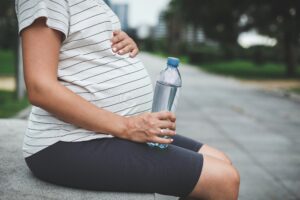
Pregnant persons’ bodies must work harder to cool down both their body and the developing baby. This makes pregnant people more likely to get heat-related illness than nonpregnant people.
Learn More
Click on the following link for additional information about pregnant persons and heat:
Learn More About Risk Factors
Click on the following link for additional information about risk factors for heat-related illness:
How do I prevent heat-related illness?
Heat-related illness is preventable. However, brief exposure to high temperatures can lead to severe and potentially life-threatening health issues. Consult your doctor about how heat might impact chronic conditions or medications. The following precautions can help you prevent heat-related illness.
Stay Cool
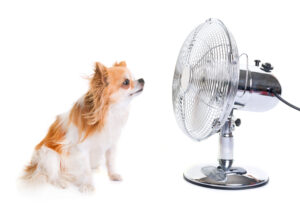
- Wear lightweight, light-colored, and loose-fitting clothing
- Stay in an air-conditioned place, such as a shopping mall or public library, or call your local health department about cooling centers in your area
- Perform outdoor activities when it is coolest, such as mornings and evenings
- Reduce exercise during heat
- Wear sunscreen with an SPF of 15 or higher that says “broad spectrum” or “UVA/UVB protection” 30 minutes prior to going outside
- Do not leave infants, children, or pets, in a parked car, even if the windows are cracked open
Stay Hydrated
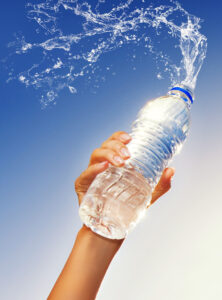
- Drink plenty of fluids; do not wait until you are thirsty!
- If your doctor limits the amount you drink or has you on water pills, ask how much you should drink during hot weather
- Avoid sugary, caffeinated, and alcoholic drinks
- Ensure pets have plenty of fresh, cool water, and shelter from the sun
Stay Informed
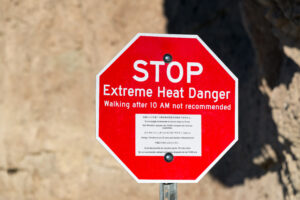
- Check your local news for extreme heat alerts and safety tips
- Learn the signs and symptoms of heat-related illnesses and how to treat them (see What are Types of Heat-Related Illnesses? section above)
- Know who is most at risk (see Who is at Increased Risk for Heat-Related Illnesses? section above)
- Visit or check in with adults at greater risk of heat-related illness twice a day; infants and children need more frequent watching
Learn More About Heat-Related Illness Prevention
Click on the following links for additional information about preventing heat-related illness:
Additional Resources
Centers For Disease Control and Prevention (CDC)
Environmental Protection Agency (EPA)
- Climate Change and Extreme Heat: What You Can Do to Prepare
- Climate Change Indicators: Heat-Related Deaths
- Extreme Heat
National Weather Service (NWS)
Northern Nevada Public Health
Occupational Safety and Health Administration (OSHA)
- Heat Illness Prevention Campaign
- Heat Overview: Working in Outdoor and Indoor Heat Environments
- Heat Safety Tool App
- Heat Stress Guide
Southern Nevada Health District (SNHD)
Pets and Animals

- Hot Weather Safety Tips (ASPCA)
- Keep Pets Safe in the Heat (Humane Society of the United States)
- One Health Nevada
- Warm Weather Pet Safety (American Veterinary Medical Association)
- Pets and Extreme Heat (CDC)
Cooling Centers
Heat Safety and Visual Aids
Click on the following images for visual aids about heat-related illness and heat safety:
- Heat Exhaustion vs. Heat Stroke
- Climate Change and Extreme Heat
- Prevent Heat Illness at Work
- Don’t Leave Your Pet in the Car
- Beat the Heat
- Avoid Spot Treat: Heat Stroke and Heat Exhaustion
Glossary of Terms
Definitions were adopted from the National Oceanic and Atmospheric Administration’s (NOAA’s) National Weather Service glossary.
Excessive Heat
Excessive heat occurs from a combination of high temperatures (significantly above normal) and high humidities. At certain levels, the human body cannot maintain proper internal temperatures and may experience heat stroke. The “Heat Index” is a measure of the effect of the combined elements on the body.
Excessive Heat Outlook
This climate prediction center (CPC) product, a combination of temperature and humidity over a certain number of days, is designed to provide an indication of areas of the country where people and animals may need to take precautions against the heat during May to November.
Excessive Heat Warning
Issued within 12 hours of the onset of the following criteria: heat index of at least 105°F for more than 3 hours per day for 2 consecutive days, or heat index more than 115°F for any period of time.
Excessive Heat Watch
Issued by the National Weather Service when heat indices in excess of 105ºF (41ºC) during the day combined with nighttime low temperatures of 80ºF (27ºC) or higher are forecast to occur for two consecutive days.
Heat Advisory
Issued within 12 hours of the onset of the following conditions: heat index of at least 105°F but less than 115°F for less than 3 hours per day, or nighttime lows above 80°F for 2 consecutive days.
Heat Exhaustion
A mild form of heat stroke, characterized by faintness, dizziness, and heavy sweating.
Heat Index
The Heat Index (HI) or the “Apparent Temperature” is an accurate measure of how hot it really feels when the Relative Humidity (RH) is added to the actual air temperature.
Heat Stroke
A condition resulting from excessive exposure to intense heat, characterized by high fever, collapse, and sometimes convulsions or coma.
Heat Wave
A period of abnormally and uncomfortably hot and unusually humid weather. Typically, a heat wave lasts two or more days.
Urban Heat Island
The increased air temperatures in urban areas in contrast to cooler surrounding rural areas.
Heat-Related Illness Reports
